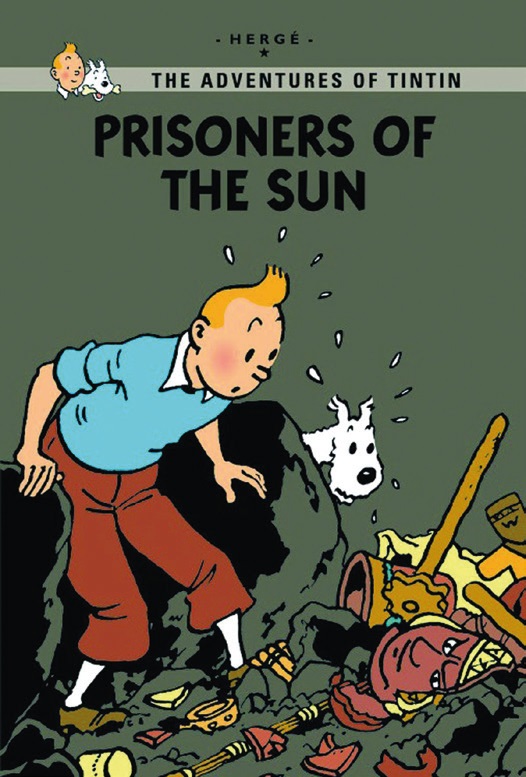The Adventures of Herge
1. Cartoons suit the way we like information to be presented these days – graphically and in small chunks. We are used to seeing cartoons and comic strips that take a look at modern life or provide a bit of escapism in our magazines and newspapers. But recently we have seen an increase in the number of graphic novels: book-length comics with a single, continuous narrative. Historically, graphic novels were not popular outside France, Belgium, Japan and the USA. The exception to this is the worldwide popularity of a young journalist-detective from Belgium, Tintin.
2. The creation of the Belgian cartoonist Hergé, The Adventures of Tintin first appeared in the Belgian journal Le Vingtième Siècle in 1929. Each story was originally read as a cartoon strip week by week, but appeared soon after in book form. One of the main attractions for readers was that they were taken to parts of the world that they had never seen and probably would never see: Russia, the Congo, the USA. Hergé himself only began to travel outside Belgium later in life, but he was passionate about educating his readers about other cultures and places.
3. Two things set Hergé apart as a graphic novelist. The first is his technical drawing skills: with just a few simple lines he is able to communicate a particular facial expression or movement. The second is the careful research he puts into his stories. While he is telling these stories, Hergé also steers a fine line between serious topics and humour.
4. Tintin had more than his fair share of adventures, but perhaps the greatest is his journey to the Moon told in Destination Moon and Explorers on the Moon. Written in 1953, sixteen years before the first Moon landing, the stories show a remarkable eye for technical detail and feeling for the nature of space travel. In the early 1950s, few could imagine what it was like to be looking down at our planet from outer space. And that is Hergé’s true gift: to understand what a place was like without ever having travelled there.

